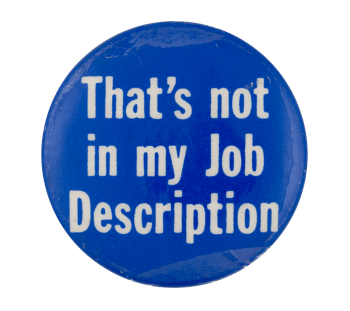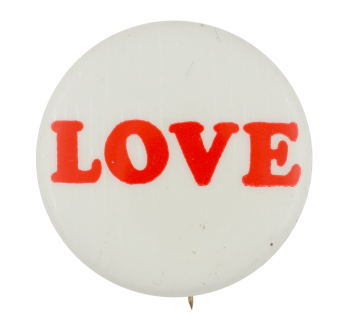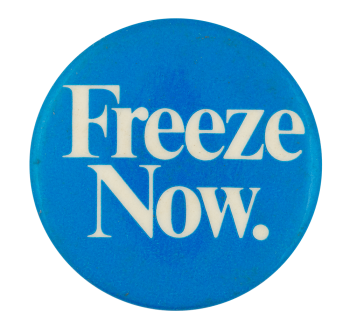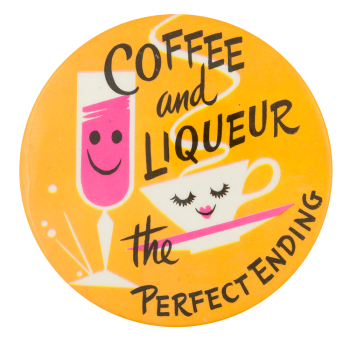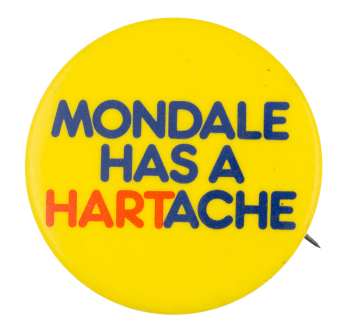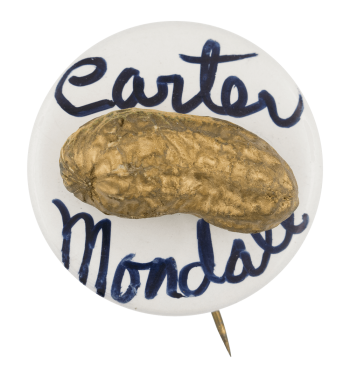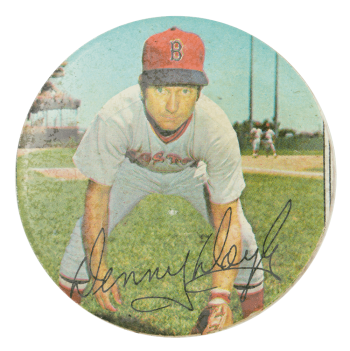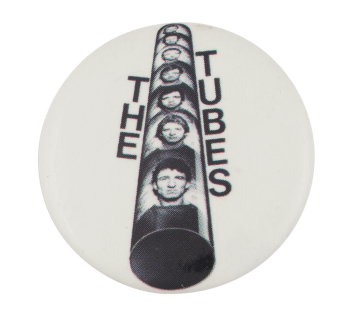That's Not in My Job Description
| Category | |
|---|---|
| Additional Images | |
| Text on Button | That's not in my Job Description |
| Image Description | White text on a blue background |
| Curl Text | illegible |
| Back Style | |
| The Shape | |
| The Size | |
| Additional Information | “That’s not in my job description” is a common phrase used in the workplace when someone is asked to do something that is outside of their expertise or not part of their job responsibilities. Its use can sometimes be thought of as rude and can come across as too rigid or with anti-team mentality. It can also make one seem as though they are only willing to do the bare minimum. While it is healthy to establish boundaries, it is also important to practice good communication by explaining why it is not possible to help with a task. The reasoning for saying no depends on the situation, so it is crucial to always respond appropriately and professionally. |
| Sources |
Moore, K. (2020, February 1). How to create better boundaries at work. monday.com. https://monday.com/blog/teamwork/how-to-nicely-say-that-is-not-my-job-and-create-better-boundaries-at-work/ Queen, K. H. (2020, March 24). 6 better ways to respond when you’re thinking: That’s not part of my job description. The Washington Post. https://jobs.washingtonpost.com/article/6-better-ways-to-respond-when-you-re-thinking-that-s-not-part-of-my-job-description/ |
| Catalog ID | IB0190 |

